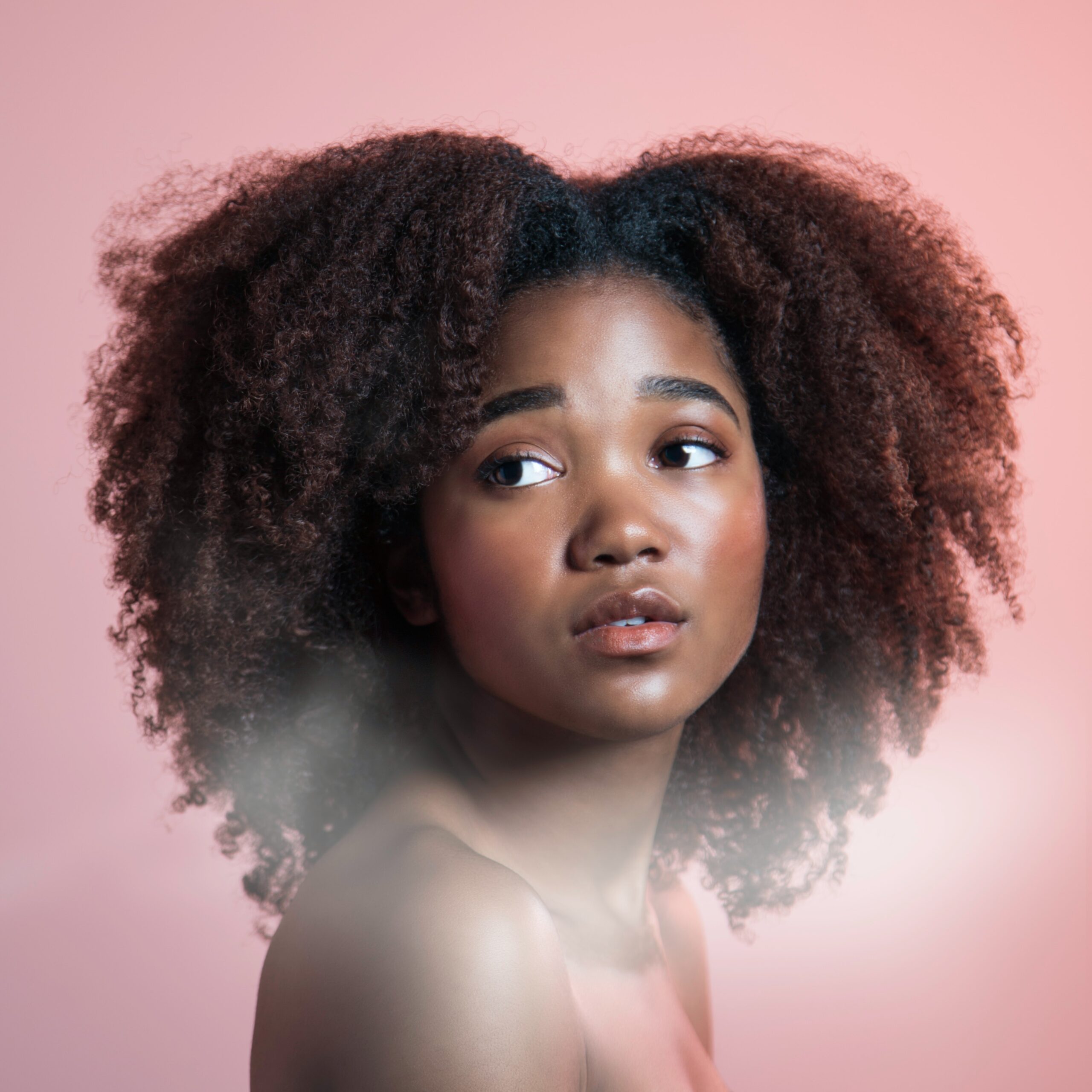While alopecia can present hair care challenges, it doesn’t have to mean sacrificing natural hairstyles. Embracing natural hair can be a powerful way for black women to cope with the emotional effects of alopecia and boost self-confidence. 21Ninety is here with the best natural hairstyles for women with alopecia and maintaining healthy hair. Keep reading if you’re ready to learn how to rock your natural tresses and feel confident despite living with this condition!
What is Alopecia?
Alopecia is a medical condition that causes hair loss, either in patches or throughout the scalp. It occurs when the immune system attacks the hair follicles. This can result in hair loss on the scalp, face, and other areas of the body. Alopecia can affect anyone regardless of age, gender, or ethnicity, but it is particularly common in black women. There are several different types of alopecia. The most common forms are alopecia areata, androgenic alopecia, postpartum alopecia, and traction alopecia, each of which affects the body in different ways.

Meet Melissa Mallam
Melissa Mallam is the CEO of Pampered Tresses and a licensed cosmetologist. She sat down with 21Ninety to share her experience and expertise.
“As a licensed stylist of 14 years, I’ve worked primarily with Black women’s hair. I have seen the effects of alopecia in my clients over the years,” she said.
Mallam reassures women that they can still wear natural hairstyles even if suffering from alopecia.
“It may come in a variety of ways, but it is possible,” Mallam said.
When asked about the most common misconceptions surrounding the condition and black women she told 21Ninety that many think the cause is traction/tension, and glue from lace front wigs.
A variety of factors, including genetics, autoimmune disorders, age, hormonal imbalance, scalp infection, stress, and thyroid disease can also cause alopecia. This means that Black women need to look beyond the surface when noticing and acknowledging hair loss. While alopecia has no cure, various treatments can help manage the symptoms and promote hair regrowth.
Healthy Hair 101
Melissa believes that healthy hair is a balance of strength and moisture and is achieved by consistency in your hair care routine. Especially if you are living with alopecia. A good routine includes shampooing and conditioning every 7-10 days, trimming quarterly, and scalp care. Although being consistent with your hair care routine is essential, taking care of your body should also be a priority.
“Hair health starts from within,” the veteran stylist stated. “Having a balanced nutritious diet goes a long way along with creating boundaries and reducing stress.”
Natural Hairstyles To Try With Alopecia
Mallam says some women get tired of wearing wigs, hats, or scarves to hide alopecia.
“A natural hairstyle that conceals the areas of hair loss can be very liberating” she expressed.
Most natural and protective styles are able to cover the areas of hair loss depending on the severity of the case. Melissa suggests low-maintenance natural styles such as:
- Individual two-strand twists
- Individual three-strand twists
- Coils
- Flat twists
Mallam also recommends that women living with alopecia choose protective styles with no tension. These styles promote hair growth and reduce hair loss by allowing a break from manipulation and stress.
“Women who live with alopecia can benefit from adapting their hair care routines to fit their needs. They should also consider seeing a dermatologist to determine the type of alopecia they have” said the natural hair guru. “From there, they can get the treatment or medication needed while partnering with a natural hairstylist that can treat their hair and scalp while also providing the tools to maintain their hair at home”.
Melissa encourages all Black women dealing with alopecia to address the stigma head-on by acknowledging the emotional and psychological effects that it may have. This can look like practicing self-care for your overall health, reducing stress, finding a support system, and even talk therapy if necessary.
